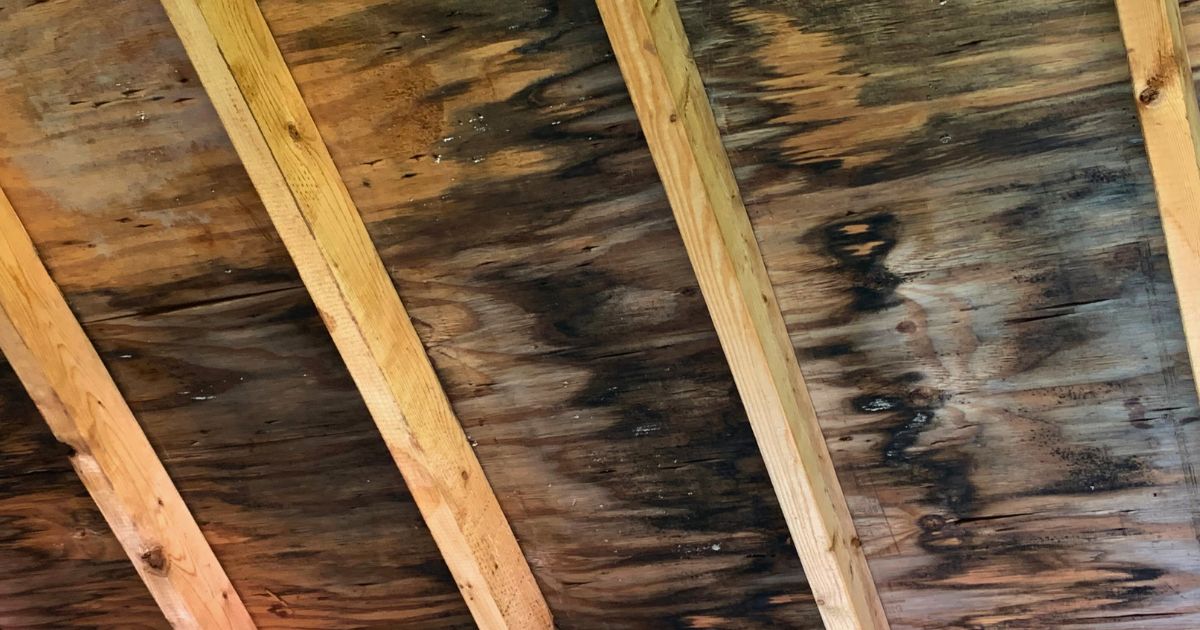Imagine uncovering your favorite wooden table or opening a storage box only to find unsightly dark patches spreading across the surface. This is a common problem for homeowners, and it can feel overwhelming. Mold is more than just a cosmetic issue, it can weaken wooden structures, trigger allergies, and even cause unpleasant odors inside your home.
When people ask how to get mold off wood, they are usually looking for methods that are both safe for their furniture and effective enough to stop mold from returning. Wood is highly porous, which makes mold removal challenging. If not treated properly, the fungus can keep reappearing and damage the wood permanently.
In this article, we’ll break down expert-approved methods: natural cleaners like vinegar, powerful solutions like bleach, best commercial products, and specialized advice for unfinished wood. By the end, you’ll know the safest way to clean, protect, and preserve your wooden surfaces for the long term.
Why Mold Appears on Wooden Surfaces
Wood absorbs moisture easily, making it one of the most common breeding grounds for mold. High humidity, leaks, or poor ventilation create the ideal environment for spores to spread. Basements, bathrooms, and attics are particularly at risk.
Tip from experts: Before you begin cleaning, always identify and fix the source of moisture. Otherwise, even the most effective cleaning method will only give temporary results.
Restore and protect your wood with professional help from GCR Builders LLC.
How to Safely Clean Mold from Wood
Cleaning mold depends on the severity of the infestation and the type of wood. Choosing the right method will ensure you don’t harm the surface.
Vinegar to Clean Mold on Wood
Vinegar is one of the safest natural ways to remove mold from wood. Spray undiluted white vinegar directly onto the mold, let it rest for about an hour, and then scrub with a soft brush. This method is especially good for furniture or wooden décor where harsh chemicals may cause damage.
Bleach Solution for Wood Mold
For more stubborn cases, such as removing black mold from wood, a bleach solution works effectively. Mix one cup of bleach with a gallon of water, apply with a sponge, and scrub the surface. Rinse afterward and allow the wood to dry fully. Keep in mind, bleach may cause discoloration, so always test on a hidden area first.
Baking Soda for DIY Mold Removal
Baking soda is a gentle yet effective option. Create a paste with water, apply it over the mold spots, and scrub lightly. Not only does it remove mold, but it also neutralizes musty odors. This method is useful if you want to get rid of mildew on wood without harsh chemicals.
How to Treat Mold on Unfinished Wood
Unfinished wood poses extra challenges because it absorbs mold deeply. Start by vacuuming the surface using a HEPA-filter vacuum to capture loose spores. Then scrub with vinegar or a mild detergent. If stains remain, sanding is often required to reach the deeper mold inside the grain.
Professional tip: Always wear protective gear such as gloves and a mask when sanding, since spores can easily become airborne.
Best Products for Mold Removal on Wood
While DIY methods are effective, some situations call for stronger products. Specialized mold removers often contain antifungal chemicals that prevent regrowth. Popular options include hydrogen peroxide-based sprays, borax cleaners, and enzyme-based products that penetrate the wood.
If you are cleaning valuable wooden furniture, a commercial product may be safer since it is specifically designed to preserve wood while targeting mold.
Natural Alternatives for Mold Removal
For families who want eco-friendly solutions, there are several safe options besides vinegar and baking soda.
- Tea tree oil solution – Mix a teaspoon of oil with water and spray on the mold.
- Grapefruit seed extract – Works well without leaving harsh odors.
- Hydrogen peroxide – Less damaging than bleach but still powerful against stubborn stains.
These natural methods are excellent for everyday cleaning and prevention.
Preventing Mold from Coming Back
Once you’ve cleaned mold, prevention becomes the next important step. Mold thrives on moisture, so controlling humidity is essential.
- Keep indoor humidity below 50% with a dehumidifier.
- Ensure proper air circulation in basements and bathrooms.
- Seal unfinished wood with protective coatings.
- Repair any leaks in pipes, roofs, or windows immediately.
Real-life case: A family in a coastal area noticed repeated mold on their wooden cabinets. After installing a small dehumidifier, the problem stopped entirely because the air moisture level was controlled.
FAQs About Removing Mold from Wood
Can vinegar kill black mold on wood?
Yes. Vinegar kills most mold species, including black mold, though severe infestations may need stronger products.
Is bleach safe for wood furniture?
Yes, but with caution. Bleach can discolor or dry out wood, so always test it first on a small hidden area.
How do I clean mold on unfinished wood?
Vacuum with a HEPA filter, scrub with vinegar or detergent, and if needed, sand lightly to remove deep mold.
What’s the safest natural cleaner for mold?
Vinegar is the safest and most effective natural option, followed by tea tree oil and baking soda.
Can mold permanently damage wood?
Yes. If wood feels soft, crumbles, or remains deeply stained after cleaning, it may be structurally compromised.
Conclusion
Mold on wood may seem intimidating, but with the right methods, you can handle it effectively and safely. Natural cleaners like vinegar and baking soda are great for mild cases, while bleach and commercial products are better for stubborn infestations. Unfinished wood requires extra care, but it can still be restored with the right steps.To protect your home long-term, focus on moisture control, proper ventilation, and sealing exposed wood.


